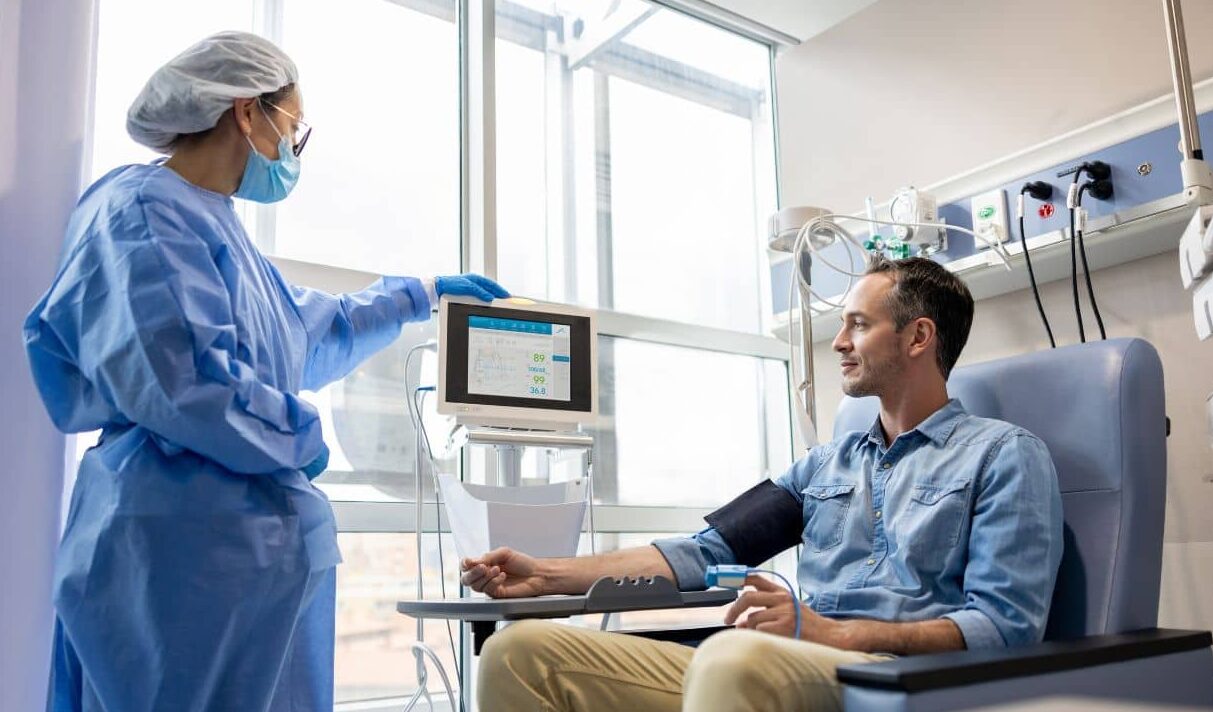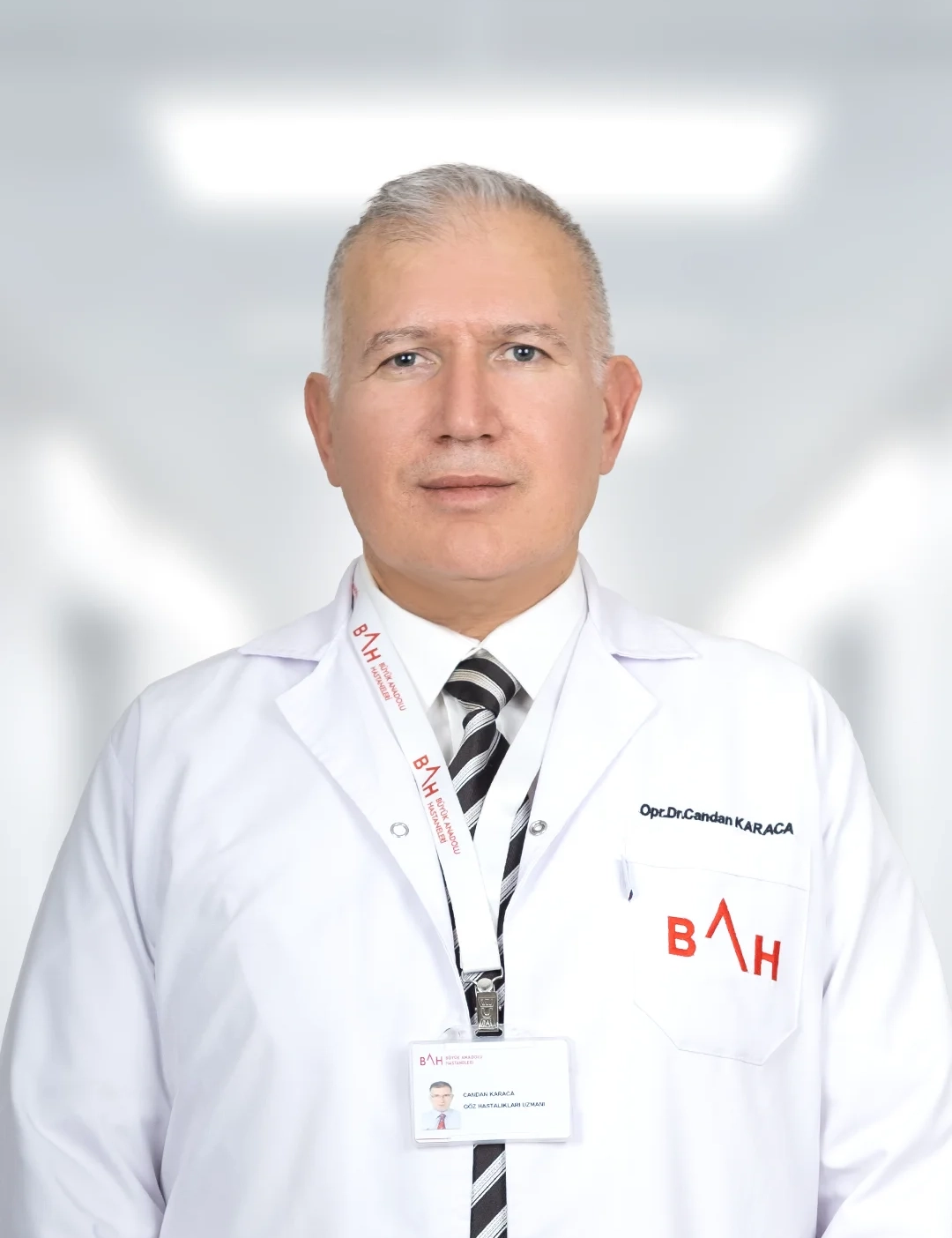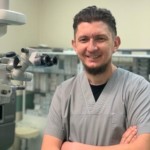-
 News
When glucose levels are low, chemotherapy ceases to affect cancer cells
News
When glucose levels are low, chemotherapy ceases to affect cancer cells
-
 News
Excessive treatment of prostate cancer in older men may reduce quality of life without increasing its duration
News
Excessive treatment of prostate cancer in older men may reduce quality of life without increasing its duration
-
 News
Brain cancer can be cured by viruses
News
Brain cancer can be cured by viruses
-
 News
Ways to reduce lymphatic pain in breast cancer have been found
News
Ways to reduce lymphatic pain in breast cancer have been found
-
 News
Scientists have turned bacteria into a powerful weapon against cancer
News
Scientists have turned bacteria into a powerful weapon against cancer
All news
Vascular thrombosis of the eye treatment
Vascular thrombosis of the eye is a small pathology with great danger.
Arteries and veins can undergo thrombosis — formation of a blood clot inside a vessel.
- Most affected one eye, sometimes — both,
- It occurs at any age, both in adolescents and the elderly,
- In young people, disease is less pronounced,
- If you don’t contact an experienced specialist in time, the chance of developing blindness becomes higher.
Modern diagnostic methods: ophthalmoscopy, visometry, perimetry, tonometry, biomicroscopy, angiography, OCT.
Innovative treatments: laser photocoagulation, MicroPulse laser and intraocular injection therapy.
MedTour patients recommend clinics for the treatment of vascular thrombosis of the eye:
Doctors for the treatment of vascular thrombosis of the eye
Frequently Asked Questions
Thrombosis of the vessels of the eye — partial or complete blockage of eyeball blood vessels by a blood clot, as a result of which blood circulation is impaired.
If a thrombus forms in the central retinal artery or its branches, it’s called arterial thrombosis.
When a blood clot forms in the central retinal vein, it’s called venous thrombosis.
The formation of blood clots (thrombi) in an organism clogs blood vessels and obstructs blood flow. When a thrombus is torn off, it enters eye vessels with bloodstream, gets stuck there and blocks the permeability of blood.
The circulatory disorders are more severe the larger the thrombus is.
The most important risk factors for ocular thrombosis include:
- Cardiovascular diseases, atherosclerosis, arterial hypertension,
- Glaucoma, increased intraocular pressure,
- Diabetes,
- Obesity,
- Smoking.
Symptoms vary depending on whether a vein or an artery is blocked.
Arterial thrombosis: a sharp deterioration in vision (several minutes),
Venous thrombosis: vision decreases gradually, starting with cloudiness.
Frequent pathology in older people. It affects both eyes without any distinction.
16.4 million people worldwide suffer from venous thrombosis of the eye.
Manifestations usually develop over days or weeks. Lack of treatment can lead to glaucoma or retinal detachment.
Rare. Most often affects people over 50 years. 1 person in 10,000 suffers.
The first sign — a sudden loss of vision, often one-sided and painless.
As a result of vascular thrombosis of the eye, patients will sooner or later notice severe visual impairment.
In the worst case, there is a risk of complete blindness.
In leading foreign clinics for diagnosis of vascular thrombosis of the eye, various ophthalmological examinations are available:
- Ophthalmoscopy — pupil dilation with drops and eye examination through an ophthalmoscope,
- Fluorescein angiography — introduction of a contrast agent to better see retina vessels.
- Optical coherence tomography — painless examination to visualize retinal vessels that aren’t or poorly supplied with blood.
The goal of therapy — restoration of blood supply to the blockage vessel. It’s important to start treatment as early as possible. Then the chances of maintaining vision will be maximized.
- For successful therapy, the influence of risk factors must be reduced, and ideally eliminated.
- The method of choice — eye injection with a VEGF inhibitor. The doctor injects the medicine directly into the eye under local anesthesia. Thus, drugs can be brought very close to the place where it’s supposed to act.
- Laser treatments are mainly used to prevent exacerbations.
To prevent thrombosis of the eye blood vessels, it’s necessary to regularly carry out preventive examinations by an experienced ophthalmologist.
Modern foreign clinics guarantee timely recognition of signs and treatment of disease.
Timely prophylaxis can save vision.
You also need:
- Refuse bad habits,
- Lead a healthy lifestyle,
- Follow a diet
- Engage in physical activity,
- Consult an ophthalmologist periodically.
Modern methods of diagnosis and treatment of vascular thrombosis of the eye
How is it diagnosed?
The ophthalmologist performs several standard procedures:
- Visometry — check visual acuity,
- Tonometry — measurement of intraocular pressure,
- Perimetry — determination of visual fields,
- Biomicroscopy — examination of the elements of the eye using a special device,
- Ophthalmoscopy — research fundus for bleeding.
To determine the form and severity of thrombosis, fluorescence angiography is performed. The examination is painless and involves injecting a dye into the vein of the arm to observe blood vessels of the retina more clearly and accurately and to identify any blockages.
The most modern imaging technique for diagnosing retinal diseases — optical coherence tomography (OCT). OCT detects the smallest changes. Thanks to this examination, the doctor selects the best treatment option, and then monitors the development of disease as accurately as possible.
Treatment of vascular thrombosis of the eye
Blockages in arteries and veins of the eye should be treated as soon as possible in a retinal clinic to avoid possible complications such as decreased or complete loss of vision.
Drug treatment objectives are:
- Restoration of normal blood flow in the eye blood vessels,
- Lowering blood pressure and reducing retinal edema,
- Improving blood circulation and preventing recurrence of thrombosis.
Modern methods of treatment applied by foreign doctors:
- For vein thrombosis:
- Blood thinning with drugs,
- Injection therapy «VEGF inhibitors» — injected into the eye with a thin needle under sterile conditions,
- Laser treatment with the MicroPulse device is a safe and effective method with a minimum of side effects,
- Laser photocoagulation — acts on deepest structures of the eye and promotes their healing.
- For arterial thrombosis:
- Drug treatment,
- Paracentesis — a small incision at edge of cornea to relieve pressure in the eye,
- Hemodilution medications to improve blood circulation.
Cortisone implant — the main treatment option for patients whose VEGF inhibitors are not effective enough. Ophthalmologist introduces cortisone implant into the vitreous body of the eye under local anesthesia. The method relieves retinal inflammation and stimulates the healing process.
Published:
Updated:









